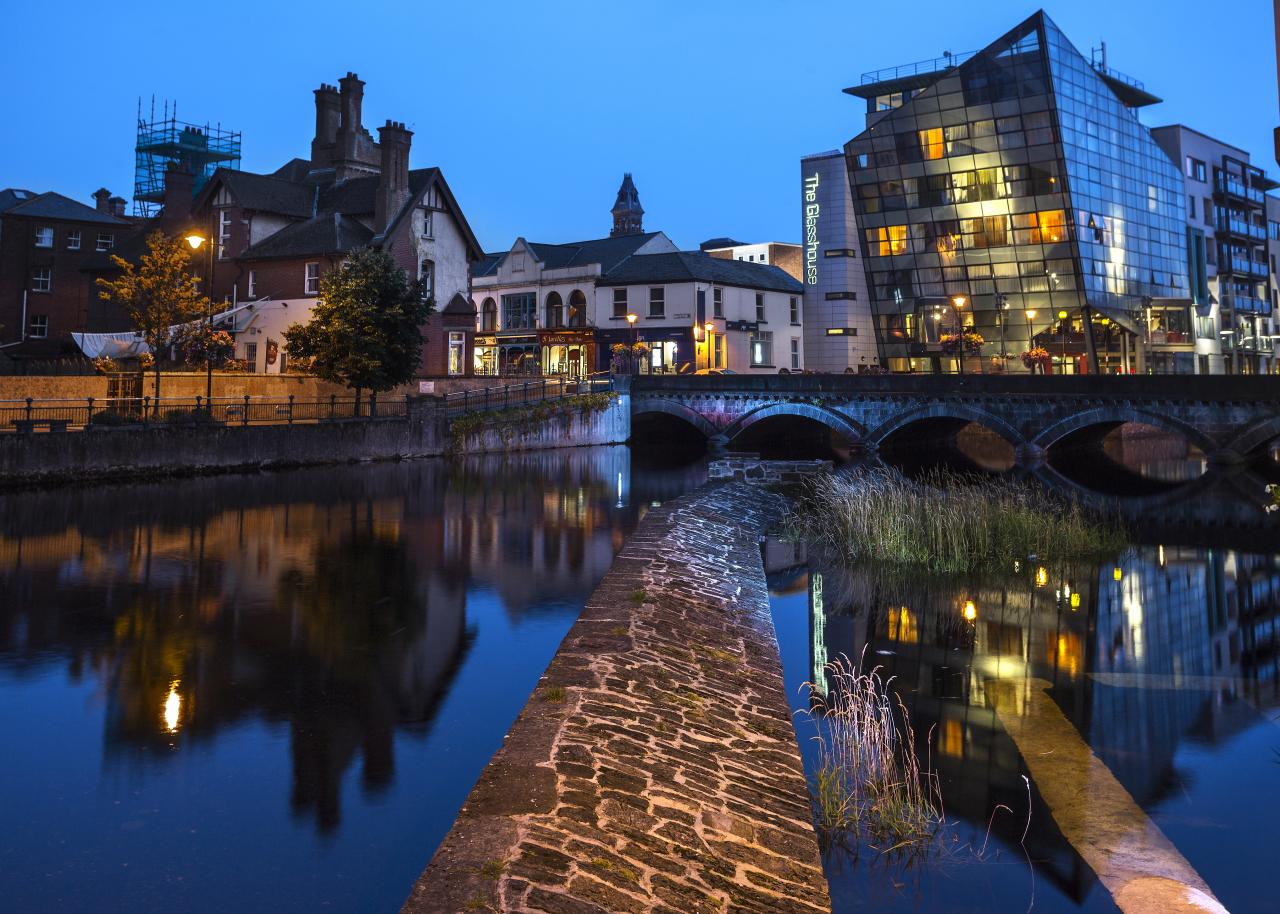Challenges and solutions for vibrant city centres after dark
In many urban contexts, the concentration of nocturnal activities in city centres can be challenging for various and often diverging reasons. The presence of cultural, dining and entertainment activities in the city centre can be important for the creation of areas where night-time economy constitutes a sort of “hub”, a powerful element of attraction for residents and tourists. Yet, at the same time, public authorities must also consider the need to protect residents’ quality of life, diversify the offer of services and improve access to these nocturnal services and activities for those who do not live in the centre.
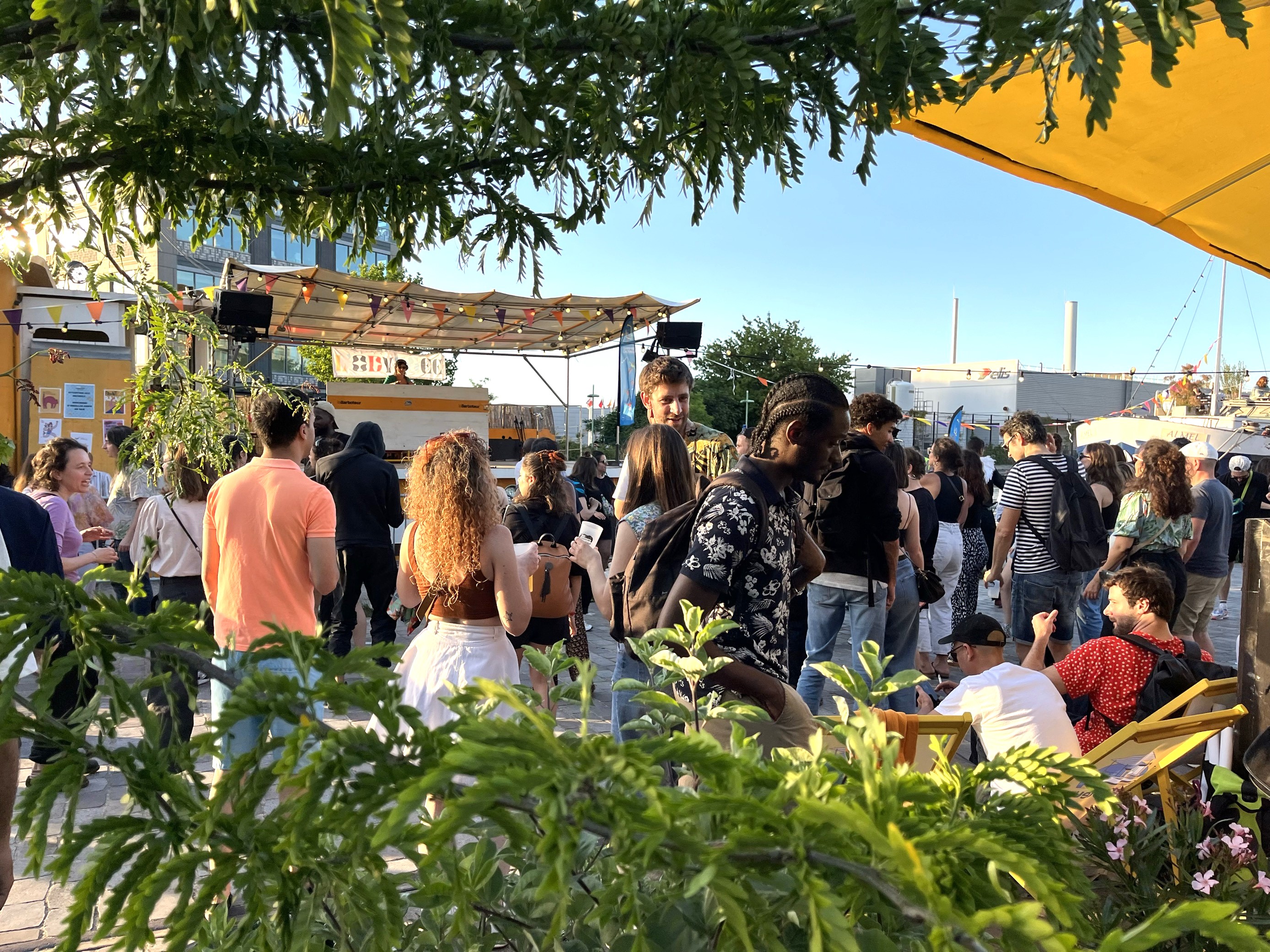
A downtown waterfront festival at sunset in Pantin, Greater Paris, France - Photograph: Cities@Heart
In many cities, the introduction of zoning policies, such as the ones recently proposed by the city of Toronto, contributes to harmonising existing regulatory frameworks, creating flexibility for the operating hours of restaurants, shops and bars as well as varying the use of public space, namely for terraces and outdoor cultural activities. Specific policies for bringing liveliness to the city centres have been implemented by Sydney within the context of the city’s night-time strategy, promoting community events in streets and squares. The policy also allowed extended trading hours for a variety of local high street businesses (such as gyms, hairdressers, bookstores and clothing shops) until 2am. In turn, city infrastructure supported this move and subway service was increased with the metro operating 21 hours a day. Other cities opted for introducing policies which regulated economic activities and urban planning licenses. This is the case in the City of Barcelona which is emphasising the protection of the residents’ quality of life in the formulation of the new Land Use Plan for Ciutat Vella, including useful inputs taken from studies on the impact of noise from night-life related activities in the area.
A Laboratoire d'Aubervilliers event for Nuit Blanche "White Night", an all-night arts event in Greater Paris - Photograph: Charlène Yves
Theatres and music venues, traditionally concentrated in the city centres, positively impact surrounding commercial activities. However, the change of behaviours in terms of cultural consumption and concerns over safety or noise pollution can affect the dynamism of these cultural institutions, which often receive support from local authorities (as the case in Paris and Tallinn) for soundproofing or sustaining the operational costs related to the organisation of cultural programs. The creation of an experimental “Nocturnal vitality zone” in the Quartiers des Spectacles (Theatre District) of Montreal, the central district with the highest concentration of cultural spaces (more than 80 in total), is one of the measures recently introduced by the new night policy of the Canadian city. This district, composed of eight public spaces hosting more than 40 festivals throughout the year, is a relevant case study exhibiting how downtown neighbourhoods can be planned in a sustainable way all while integrating a diverse cultural offering and the coexistence of a variety of uses. With the aim of creating a balance between the needs of the residents and those of party-goers, tourists and business operators city-wide, Montreal is now testing new measures in 20 target areas: the extension of licensing hours for bars and terraces and support for the organisation of concerts and events.
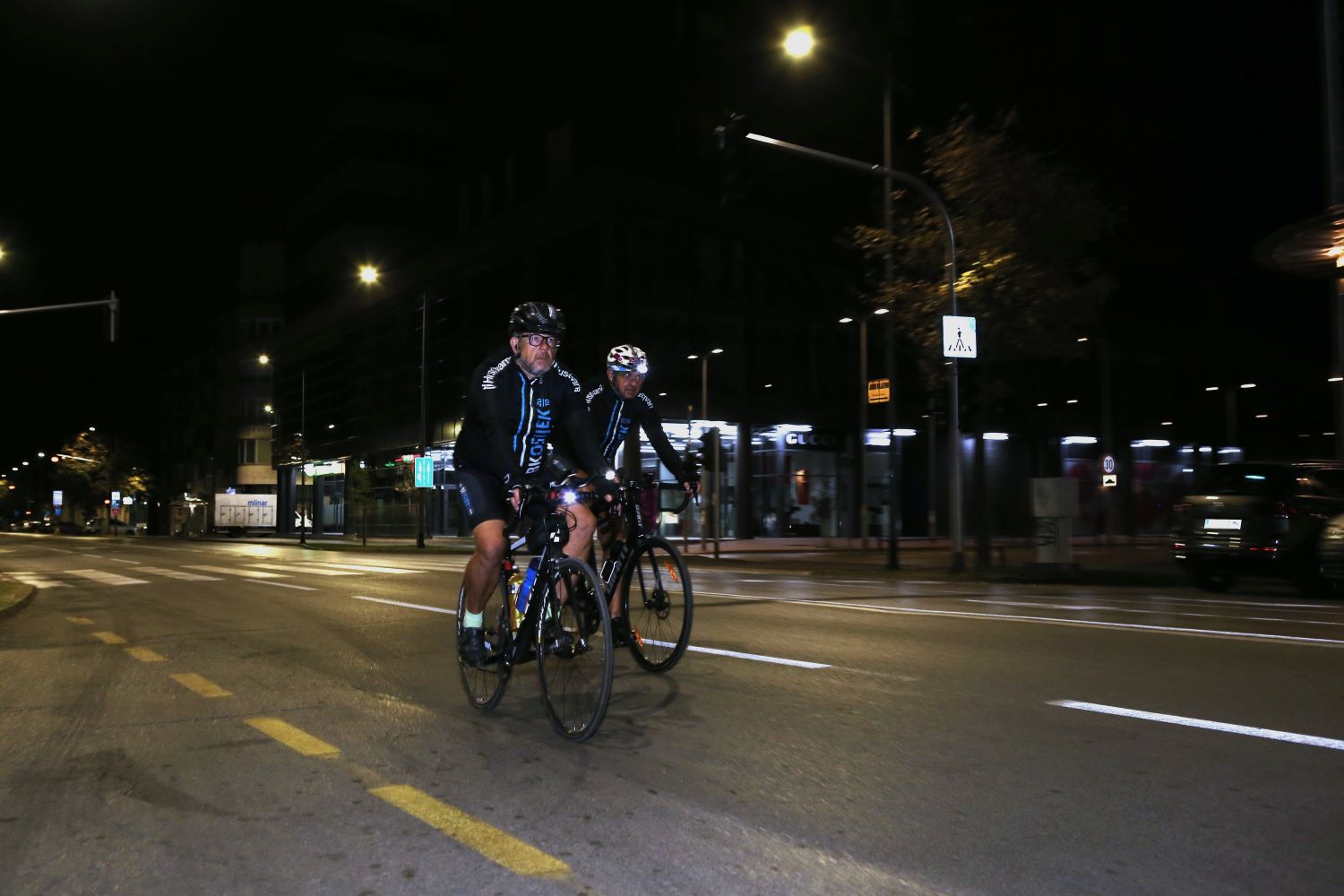
A nighttime cycling event organised for European Mobility Week in the City of Osijek, Croatia - Photograph: City of Osijek
Extending opening hours of cultural institutions, such as museums and heritage sites located in the city centres is a growing trend in many European cities. In London, Paris and Vienna, museums like the National Gallery, the Louvre or the Kunsthistorisches Museum stay open until 9pm on certain days, offering new opportunities, especially in the summer period for tourists who want to concentrate their sightseeing activities during the cooler hours of the day. Cultural spaces open at night are host to a plurality of functions. Rome has recently launched a scheme to keep public libraries and museums open at night as study lounges for students and researchers, improving accessibility during nocturnal hours and promoting the mixed-use of spaces usually open at night only for special events or festivals.
People at the core of what makes cities thrive at night
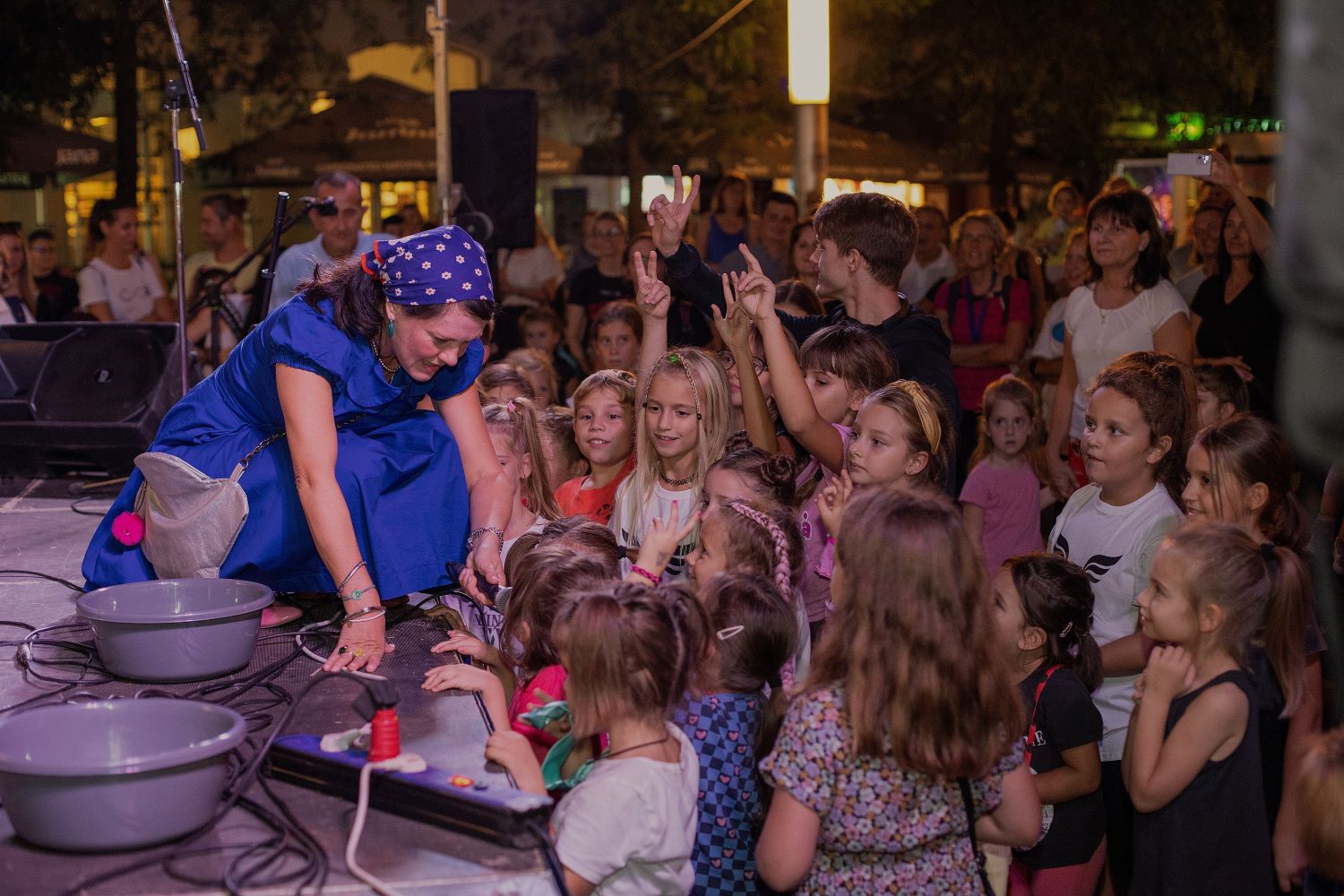
A nighttime theatre performance in Osijek, Croatia - Photograph: City of Osijek
The vivacity of business and cultural activities in city centres is a crucial element recognised by the Purple Flag scheme, a certification process promoting excellence in the management of central districts at night. Launched in 2012 by the Association of Town and City Management in the United Kingdom, the programme assesses criteria such as safety, cleanliness and diversity of attractions, awarding cities and towns that promote an efficient collaboration between the public sector, private actors and local communities for enjoyable and safe night-time activities. Over 70 cities and towns, mainly in the United Kingdom, Ireland, Sweden and Australia, have received this accreditation, thus boosting their visibility and tourism attractiveness.
An inclusive approach to the quality of the night-time experience is also central to many thematic policies promoting safety and gender equality in cities. The Women’s Night Safety Charter launched by the Greater London Authority aims to improve women’s perception of safety in public spaces and transport at night. Open to any organisation operating after dark, the Charter recommends training activities for the staff and promotes the redesigning of spaces and workplaces to make them safer for people who identify as women. Signed by several trade associations, licensed premises and leisure venues, the Women’s Night Safety Charter has also developed a Toolkit, which offers useful inspiration and resources for implementing concrete actions linked to the pledges found within the Charter.
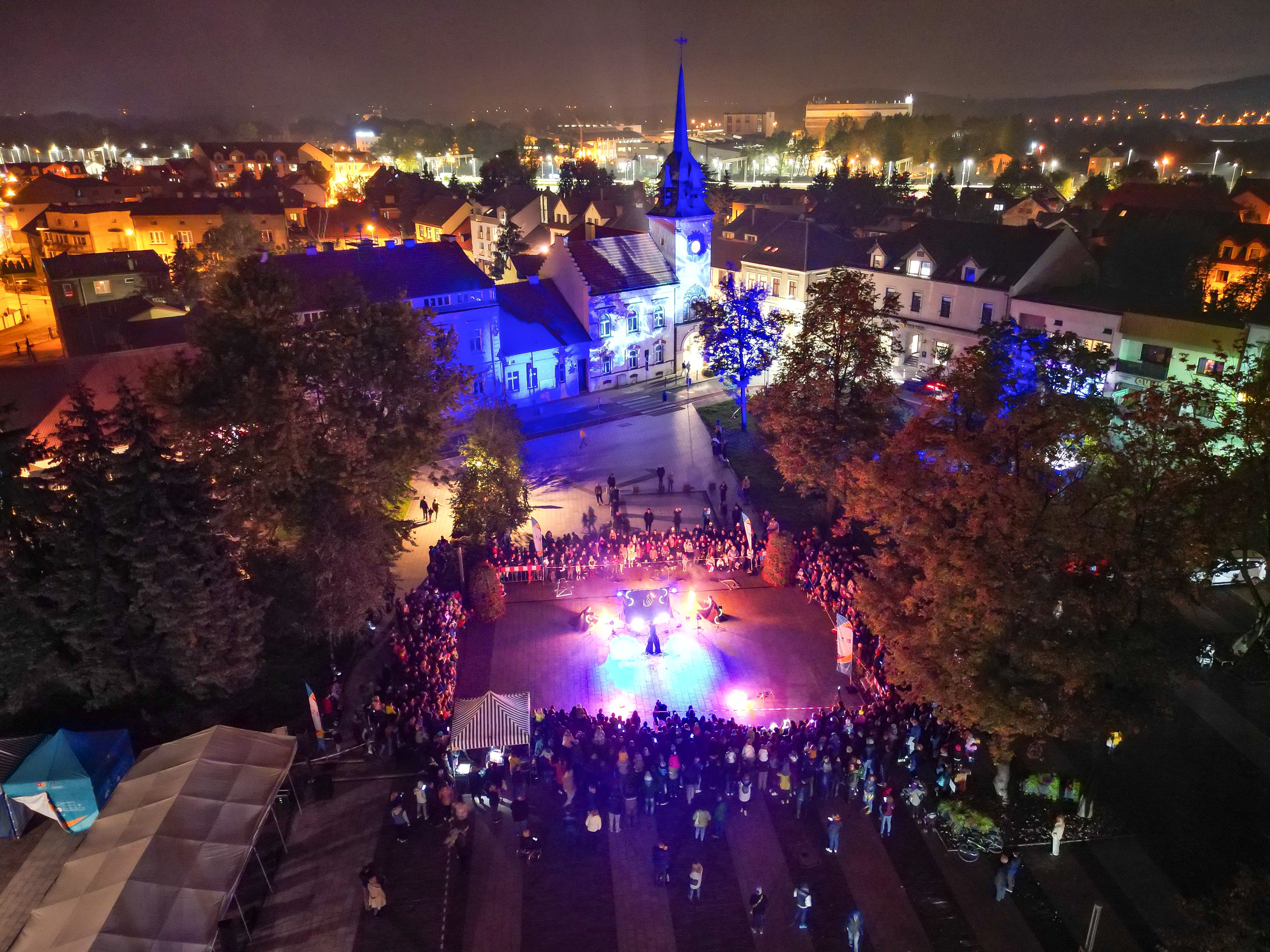
Lighting up the night in Skawina, Krakow Metropolitan Area, Poland - Photograph: Centrum Kultury i Sportu w Skawinie
The reduction of conflicts over the use of public spaces at night is essential for enhancing community cohesion in city centres. In addition to the mediation of night mayors, bars and club commissions in many European cities, efforts to appease the nocturnal landscape have been strengthened by specific programs for the prevention of harmful behaviours in central areas of the cities. As a part of the Amsterdam Night Mayor’s policy, the city proposed an ambitious new plan for the Rembrandtsplein, one of the main nightlife hubs in the Dutch capital. A group of Night Hosts was trained to monitor night-time activities as well as advise visitors and party-goers, thus providing important information for city officials and diffusing potentially problematic situations. The introduction of night stewards, also replicated by other global cities such as Milan, contributed to a decrease in anti-social behaviours all while creating friendly points of reference for local residents and business owners.
Cities@Heart and Cities After Dark: for better city centres at night
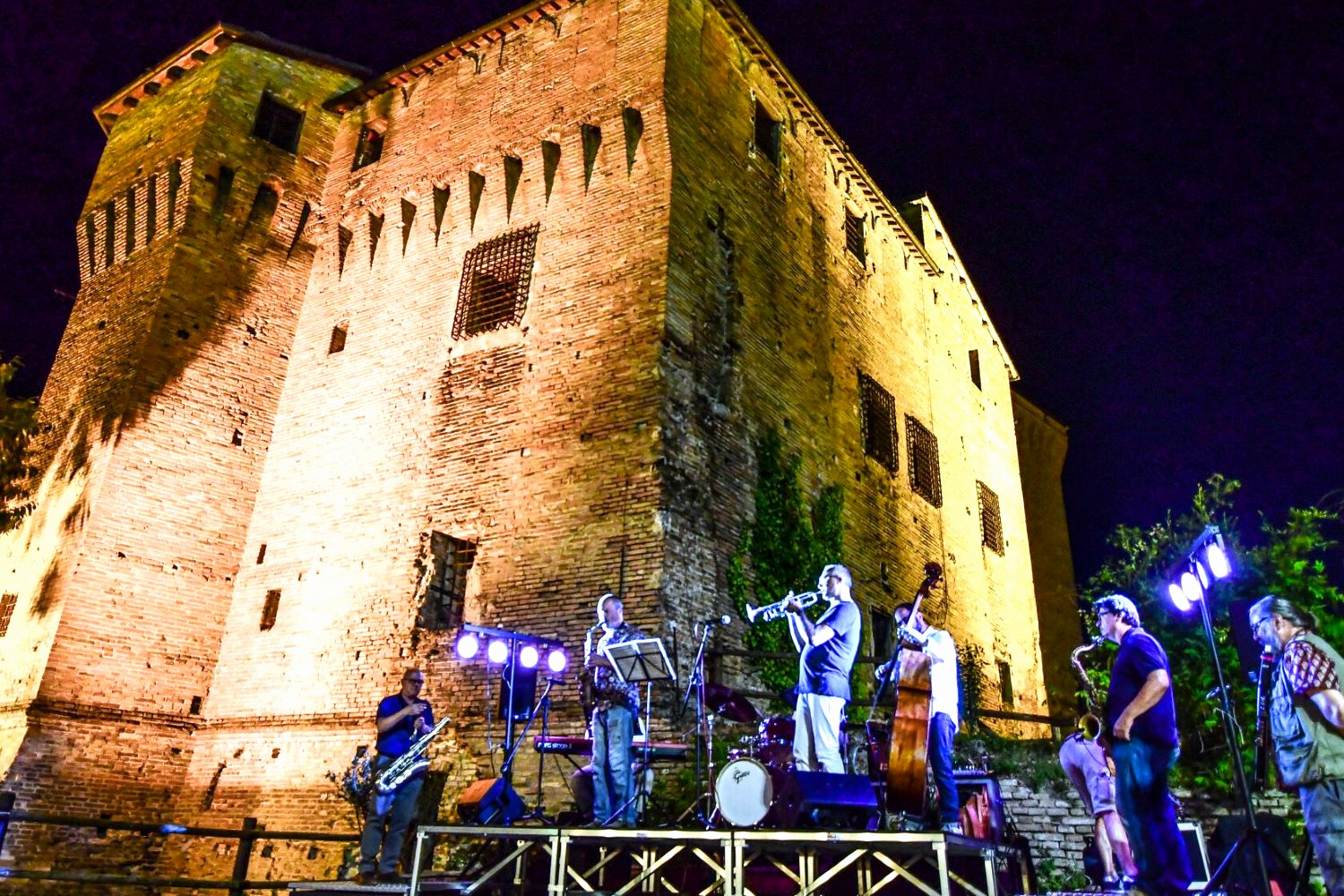 Concert for the Rocca Malatestiana Cesena Festival in Cesena, Italy - Photograph: City of Cesena
Concert for the Rocca Malatestiana Cesena Festival in Cesena, Italy - Photograph: City of Cesena
With networks working respectively on night-time economy and city centre regeneration efforts, Cities After Dark and Cities@Heart have experimented solutions for reviving streets and squares in nocturnal hours. The regeneration of the SoHo district in Malaga, partner of the Cities After Dark network with its CIEDES Foundation, contributed to transforming a degraded neighbourhood adjacent to the historical centre into a cultural reference for the city. The accent on inclusion of residents and associations in the process of regeneration of public spaces and reactivation of cultural and creative industries of the area paved the way for reopening the SoHo Theatre in 2019. This formerly abandoned venue is now a crucial space for cultural and entertainment activities in the city centre.
Partner of Cities@Heart, Sligo has developed innovative night-time projects as part of a group of nine pilot cities and towns appointed by the Irish Ministry of Tourism and Culture. The reuse of vacant commercial properties for the creation of new night-time activities and services, the organisation of cultural events in the public spaces and the collaboration with business owners for improving licensing laws are some of the activities carried out by the city, engaged in a dialogue with representatives of disability and minority communities in order to guarantee the right to the night for all.
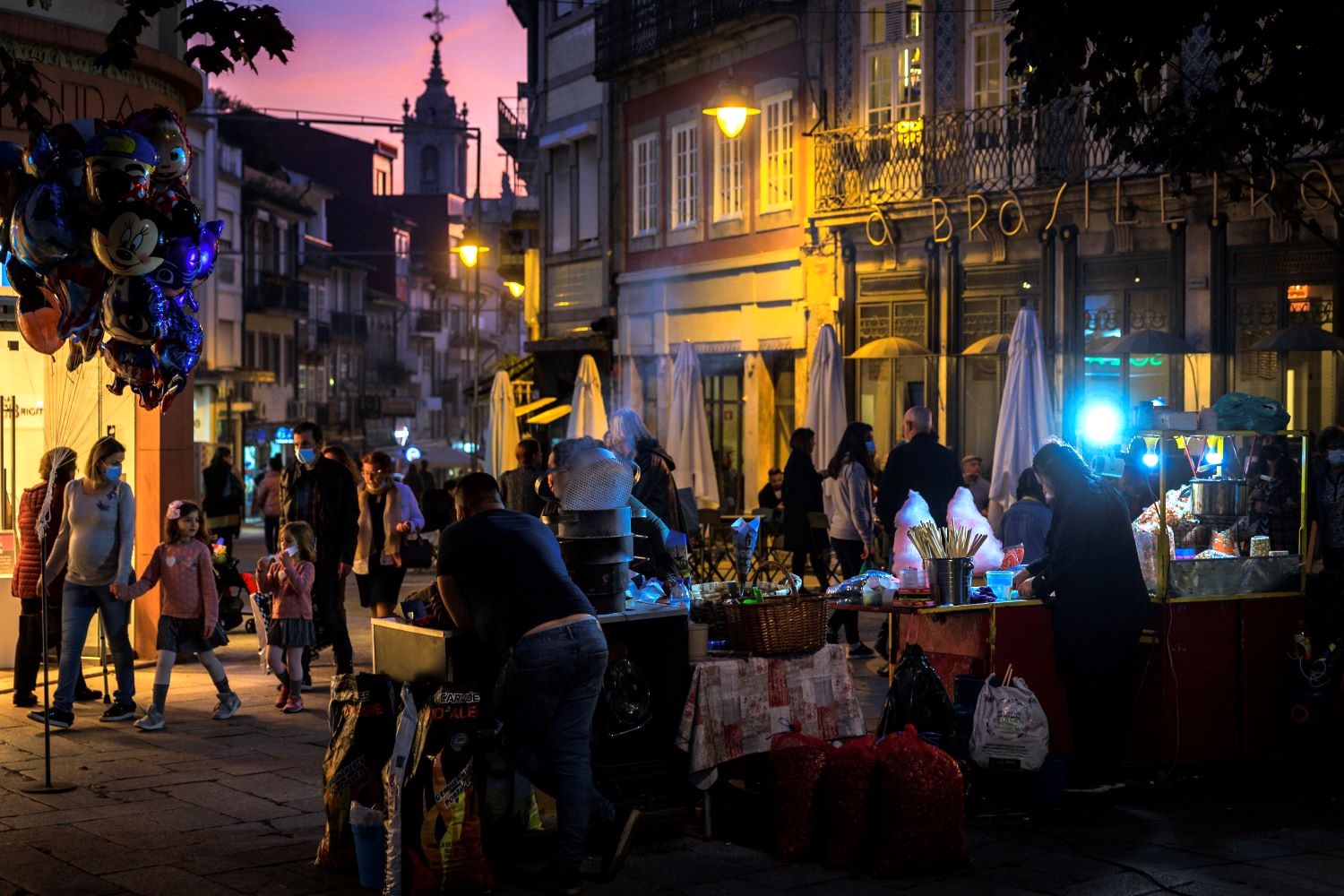
A lively square in the city centre of Braga, Portugal - Photograph: City of Braga
As coordinator of the Partnership on Sustainable Tourism of the Urban Agenda for the EU and partner of Cities After Dark, Genoa is working on the diversification of night-time offerings in the city centre. At the core of the vision developed by Genoa with the URBACT Local Group of Cities After Dark are the consolidation of pilot schemes such as evening hours for public libraries and the creation of new cultural activities in collaboration with business activities and civic hubs active in night-time mediation. These efforts will contribute to making Europe’s most extensive historical city centre safer and more attractive for residents and tourists at night.
The Parisian neighborhood of Belleville - Photograph: Cities@Heart
Creating the conditions for thriving urban centres at night isn’t just good sense, it’s also essential to any city’s public policy. As networks embracing URBACT’s integrated methodology, Cities After Dark has the challenge of analysing the specificities of managing nightlife in dense, complex, central areas while the Cities@Heart philosophy affirms that a 360° view of city centre policy requires a 24-hour approach. Going forward, the two networks will benefit from the other’s expertise, thus providing a more complete roadmap for urban innovation.

